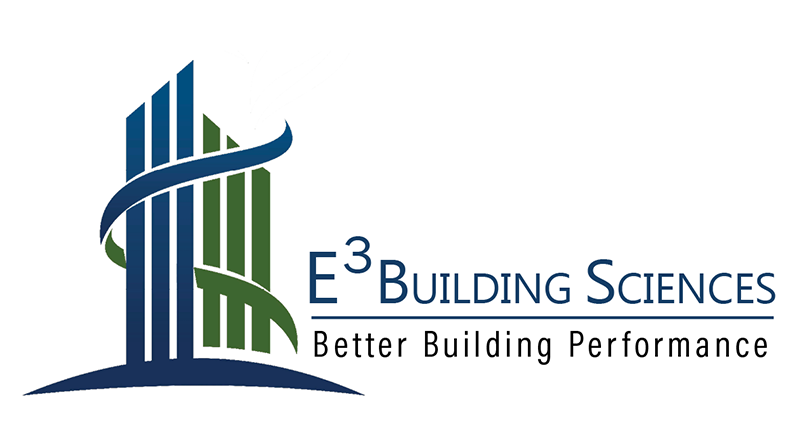Green Certification

Green Certification Services
Serving the Southeast United States, our credentialed professionals work closely with project teams to guide them through the green certification process. Because there are ‘many flavors of green’, it can be overwhelming. We are here to consult and recommend the program that best fits the project team’s goals.
Our professionals include:
- NGBS accredited green verifiers,
- LEED BD+C: Midrise and LEED BD+C: Homes Provider,
- LEED BD+C: Midrise and LEED BD+C Homes Green Raters.
- FGBC Certifying Agents,
- FGBC High -Rise Designated Professionals,
NGBS – National Green Building Standard
The National Green Building Standard certification goes well beyond saying a home is energy efficient; it provides independent, third-party verification that a home, apartment building or land development is designed and built to achieve high performance in six key areas:
- Site Design,
- Resource Efficiency,
- Water Efficiency, Energy Efficiency,
- Indoor Environmental Quality, and
- Building Operation & Maintenance.
The stringent third-party verified certification program ensures homes and apartments are built in compliance with the NGBS and focuses on three primary attributes that are highly marketable to today’s discerning consumers: healthy homes, lower operating costs and sustainable lifestyle.


LEED BD + C: Midrise and LEED BD + C: Homes
U.S. Green Building Council’s LEED BD + C: Midrise and Homes certification has become the international standard for design, construction and operation of high-performance structures.
Benefits of LEED v4:
- Flexibility with strategies to fit the unique aspects of all projects
- Performance based approach to design, operations and maintenance that calls for measurable results at every stage of a project’s life
- Smart grid thinking to the forefront that rewards projects for participating in demand response programs
- A more comprehensive approach to water efficiency by evaluating total building water use
- Expanded focus on materials — in addition to considering usage of materials in buildings, LEED v4 integrates a comprehensive approach to evaluate the impact of materials on human health and the environment
- Streamlined documentation and even greater alignment between rating systems for a better customer experience
LEED for Neighborhood Development
Is your local grocery store within walking distance…and is there a sidewalk for you to trek there safely? Does your neighborhood boast high-performing green buildings, parks and green space? Do bikes, pedestrians and vehicles play nicely together on the road? LEED for Neighborhood Development (LEED-ND) was engineered to inspire and help create better, more sustainable, well-connected neighborhoods. It looks beyond the scale of buildings to consider entire communities.
%
Percentage of people who look for neighborhoods with abundant sidewalks and pedestrian-friendly features, according to a consumer preference survey.

ASHRAE – American Society of Heating, Refrigeration and Air Conditioning Engineers’ ANSI/ASHRAE/USGBC/IES Standard 189.1-2011
Standard for the Design of High-Performance Green Buildings Except Low-Rise
Residential Buildings
For more information, see ASHRAE Standard 189.1.
FGBC – Florida Green Building Coalition
- The purpose of the Florida Green Building Coalition are:
- To administer certification programs based upon the green building standards
- To award its certification mark to qualified projects
- To educate the general public, businesses, institutional and governmental bodies of the long-term benefits of sustainable development and green building practices
- To encourage housing affordability by increasing building sustainability
- To stimulate statewide acquaintance and fellowship among members and others interested in green building practices
- To provide opportunities for members and other interested parties to increase their knowledge of green building practices.

Energy Star
E3 Building Sciences is a longterm partner with the ENERGY STAR program and has helped identify and promote energy efficiency in homes and buildings nationwide in a number of residential and commercial projects.
ENERGY STAR certified buildings save energy, save money, and help protect the environment by generating fewer greenhouse gas emissions than typical buildings. How? To be certified as ENERGY STAR, a building must meet strict energy performance standards set by EPA.
Specifically, to be eligible for ENERGY STAR certification, a building must earn an ENERGY STAR score of 75 or higher, indicating that it performs better than at least 75 percent of similar buildings nationwide.
.

